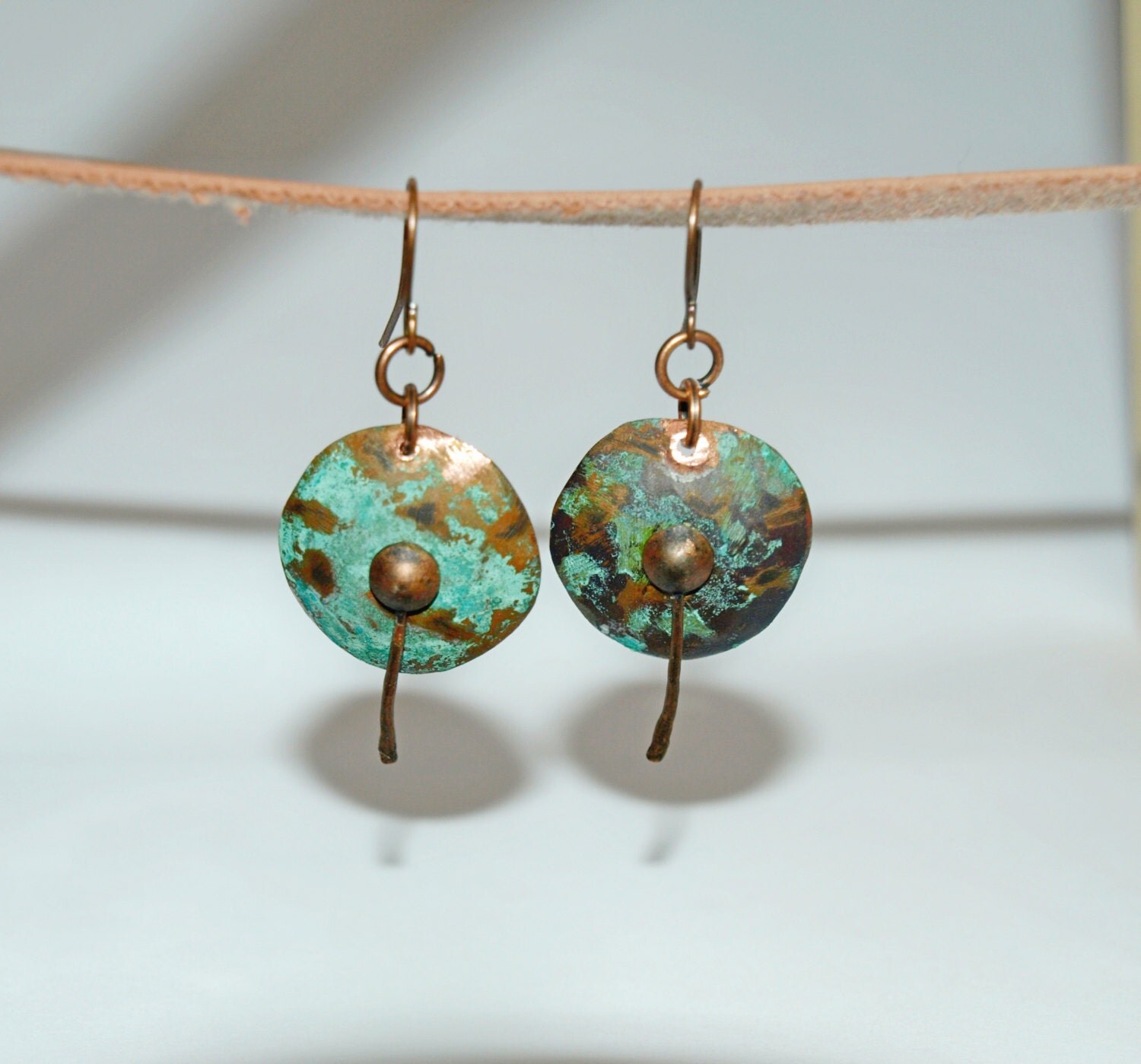
Enamelists are certainly familiar with the use of abrasive stones to refine a surface, but this technique is not common in western studios. Europeans might be familiar with Water of Ayr stone, also called Scotchstone, a naturally occurring soft stone that is found in Scotland. The two items that will seem most unusual to American and European metalsmiths are whetstones and charcoal. In Japan, we use slightly different tools for this, and these have been mentioned here in order to bring this alternative approach to the West. Metalsmiths use tools and abrasives of progressively finer impact to sequentially smooth down the blemishes that are formed in the construction of a piece. The general idea behind finishing is consistent around the world. If metal is imperfectly finished or insufficiently cleaned, patinas will not only fail to look good-they often exaggerate imperfections.

Store the rokusho in a jar to keep it slightly moist until ready for use. This recipe will yield about 30 grams of rokusho. Pour the liquid through a coffee filter to strain it and catch the particles, which is what you want. Mix these ingredients well and allow the solution to sit undisturbed for a week. 14 grams sodium hydroxide, NaOH (also called caustic soda, lye, sodium hydrate, and Drano).40 grams copper acetate, Cu(C 2H 3O 2) 2.Readers are invited to adjust the proportions slightly to develop their own solution. Some artists might prefer to make this “alternate rokusho.” This recipe has been modified from suggestions culled from several resources and adapted for commonplace American ingredients and measurements. See the Supplier list at the back of this book for a domestic source. Rokusho is sold commercially in Japan, but until recently it has not been available in the United States. Rokusho, also called “copper rust,” is not a patina solution, but an ingredient that will be used later in various solutions. Though they are not in the business of reselling chemicals, schools can often be persuaded to part with small quantities. For most people, only small batches of patina solution are needed, so relatively small amounts can last a long time. Sometimes it is possible to purchase supplies from the chemistry department of a university or high school. In addition, you might consult the local Yellow Pages, (look under Laboratory Supplies). The list of suppliers at the back of this book offers a few companies that specialize in chemicals for artists. Unfortunately, buying small quantities of chemicals can be difficult. Some of the chemicals you’ll need can be bought at the local supermarket or pharmacy, but not all. Buy separate supplies for the patina studio, so you won’t risk accidentally carrying an unwanted substance back into the kitchen. Besides being easy to obtain, these are also inexpensive.

These are exactly what they appear to be-the familiar kitchen supplies you buy in the grocery store. Many of the chemicals we use can be found right around the house. It is good to have several different size strainers on hand. The advantage of plastic is that there is little chance of scratching the work or the patina layer. In all cases, these vessels will be permanently retired from use in the kitchen.Ī strainer or colander is useful for rinsing work under running water, and for immersing objects into a warm patina bath. Plastic tubs and buckets are useful, as are deli containers. The size you need will depend on the kind of work you do, but you’ll want a wide range at your disposal. To prepare the studio for patinas, collect a wide assortment of pots and pans. One way to make the process go smoothly is to gather and layout your supplies in advance. It is easy to forget what you’ve done, or to accidentally skip a step if you are distracted. As you will see, most of the procedures described here involve many steps. Not only is it inefficient to run out to the store every time you discover something you need, but it disturbs the concentration that will lead to the desired result. It is important to have your studio as fully prepared as possible before undertaking patination. Still, the next few pages offer a summary of the sort of equipment and materials that are discussed in this book. A sculptor working in large-scale bronze castings will have different needs from a jeweler. Obviously these elements will depend on the scale of the work you do, the layout of your studio, and the resources at your disposal. It is impossible to pretend that a single description of tools, materials, and equipment will suit all needs. This is a list of materials and tools you need to have your own Patina Studio.

This page entitled “The Patina Studio” is an except from the book “Japanese Patinas” written by Eitoku Sugimori.


 0 kommentar(er)
0 kommentar(er)
